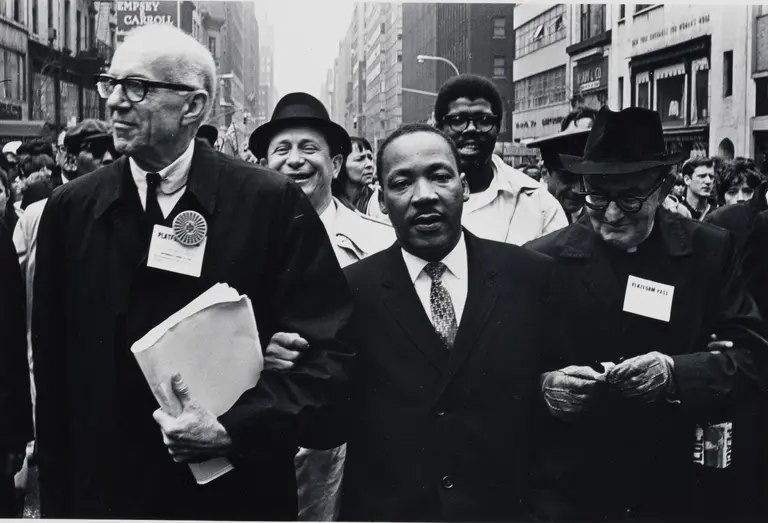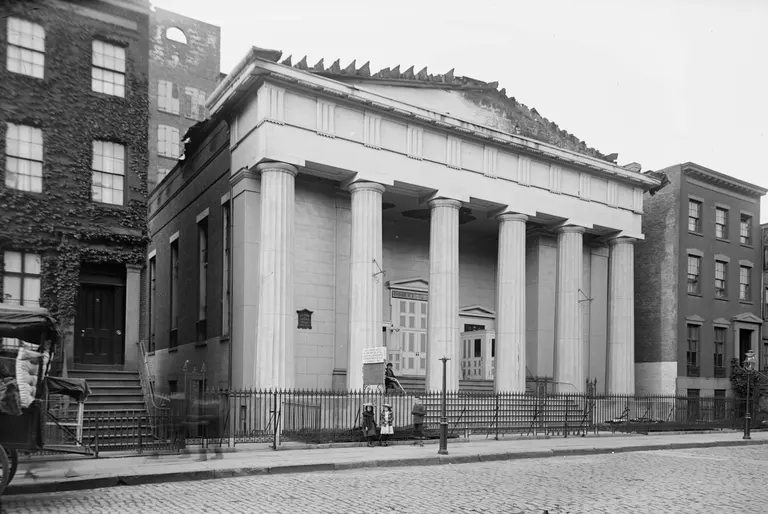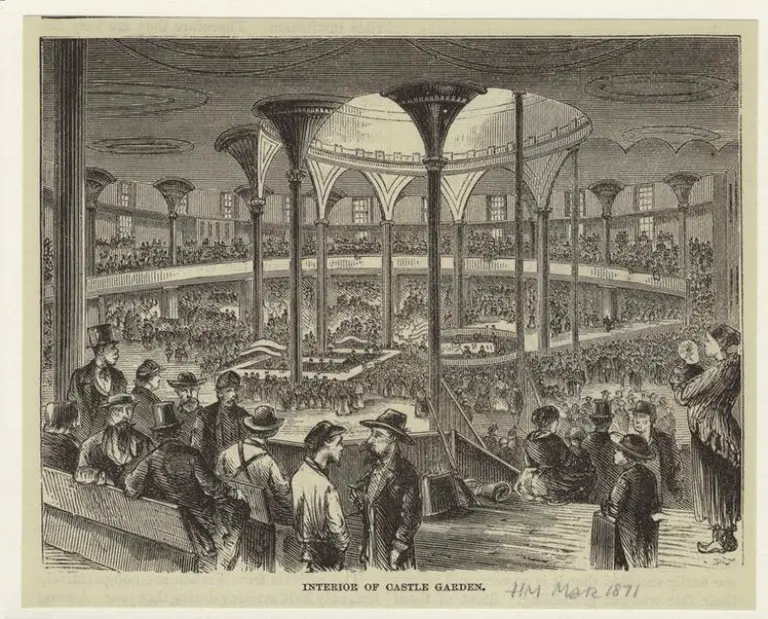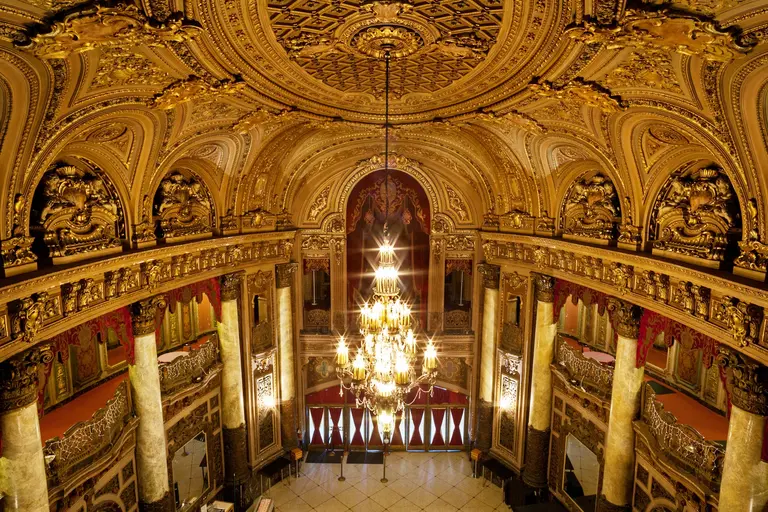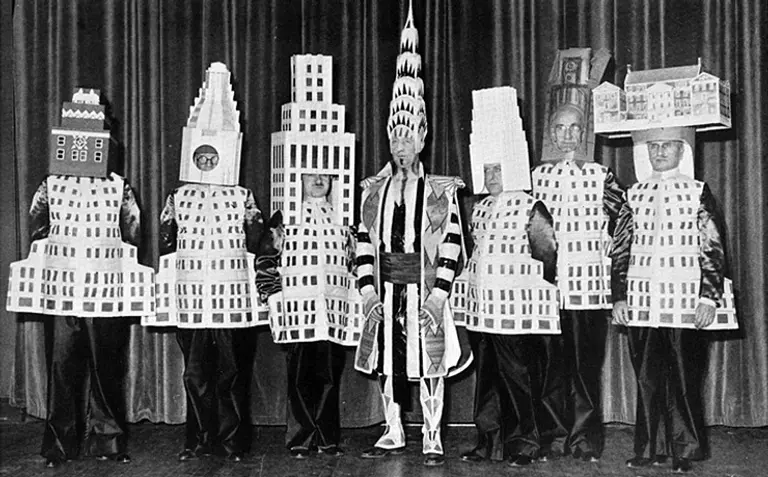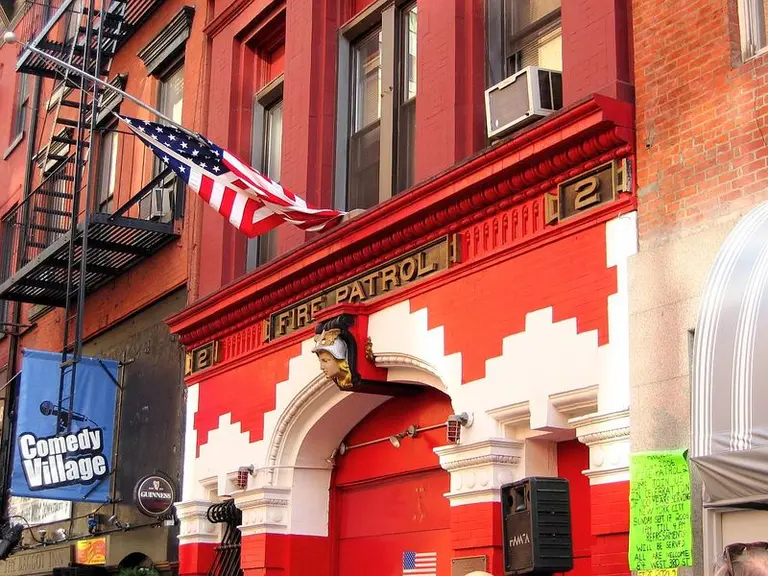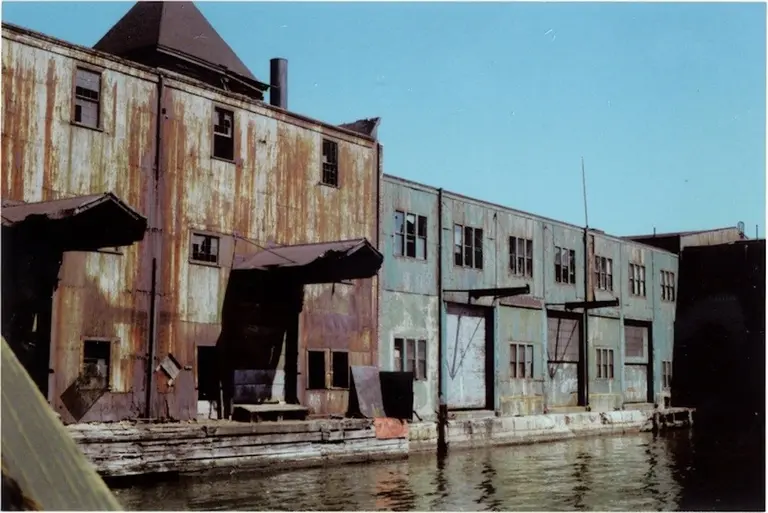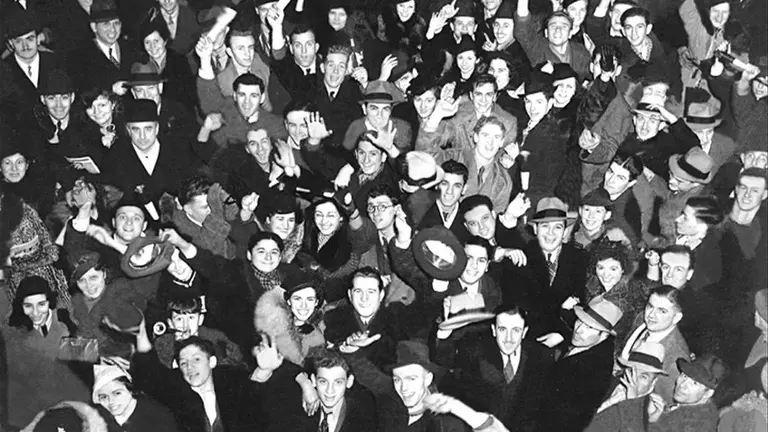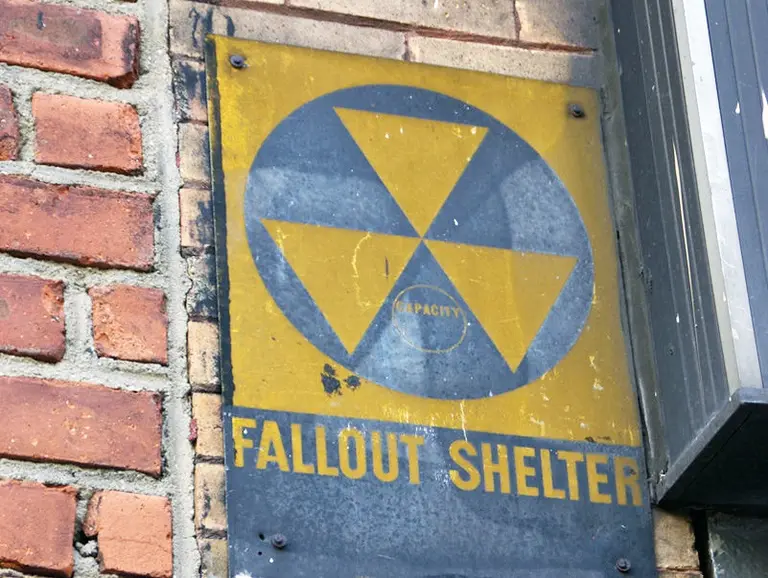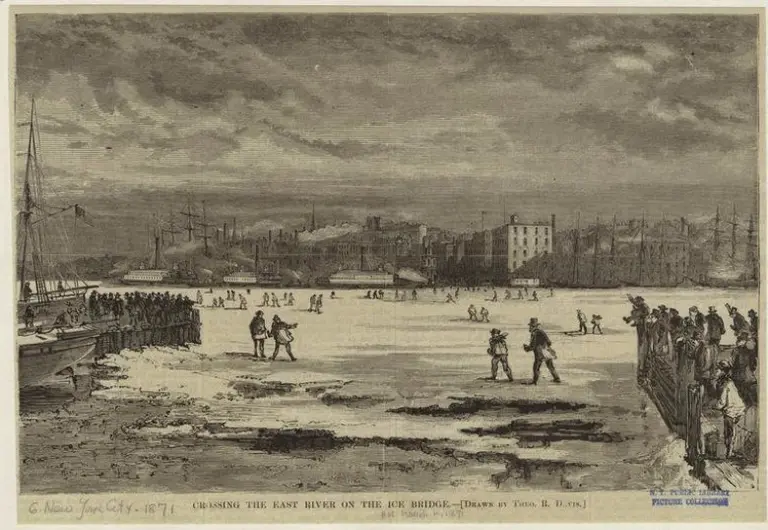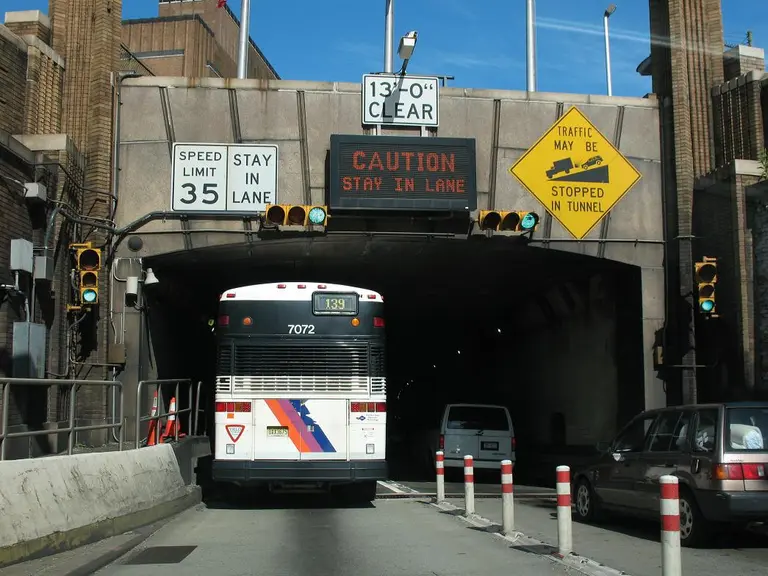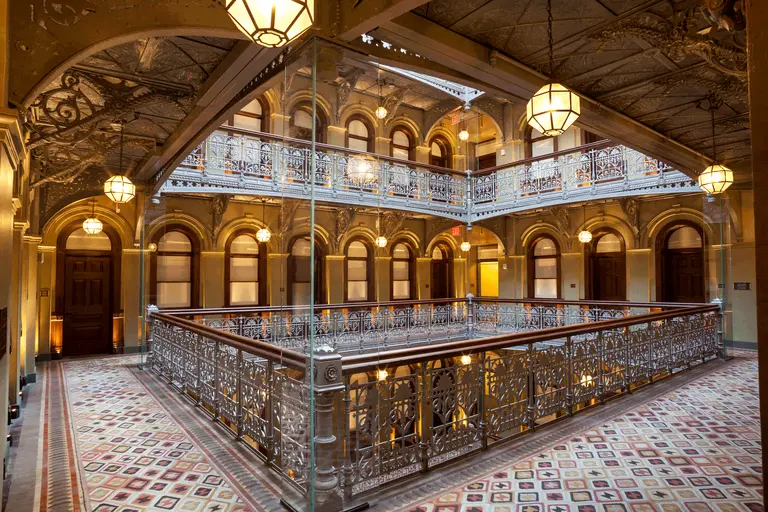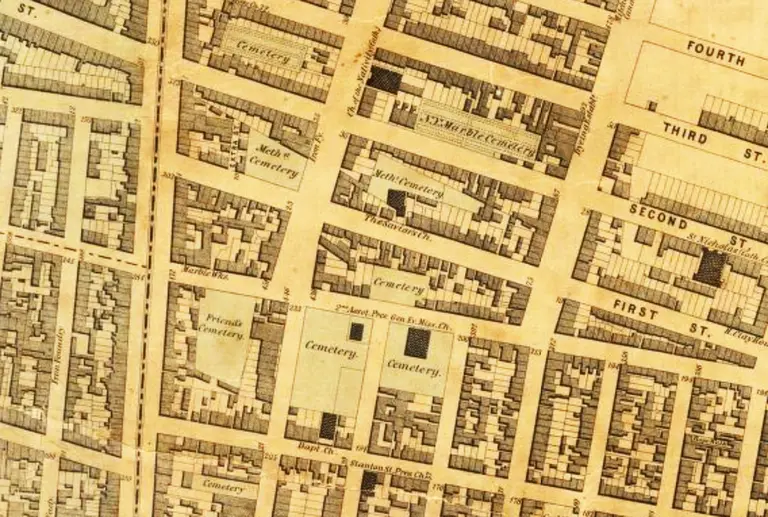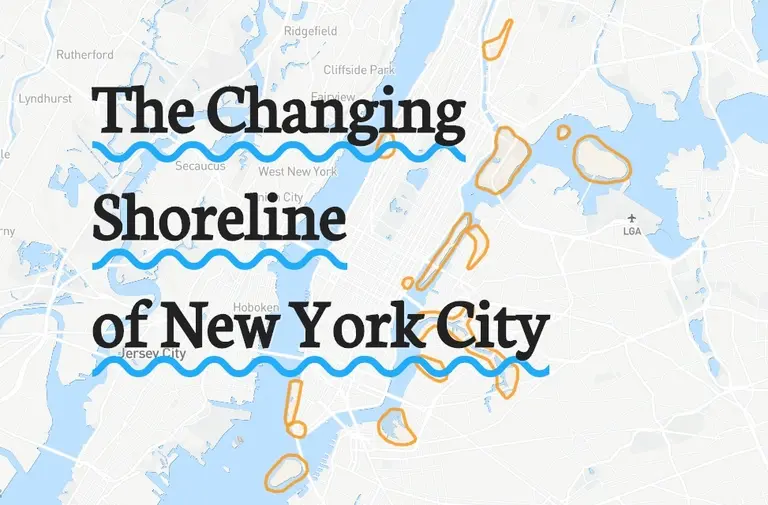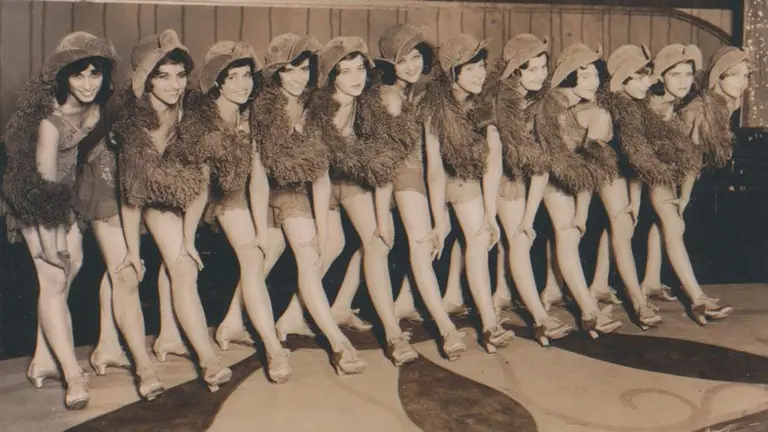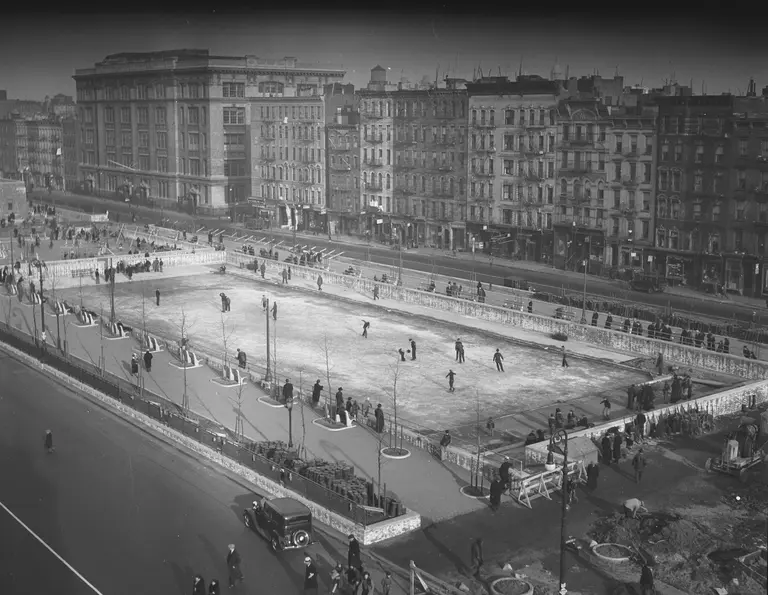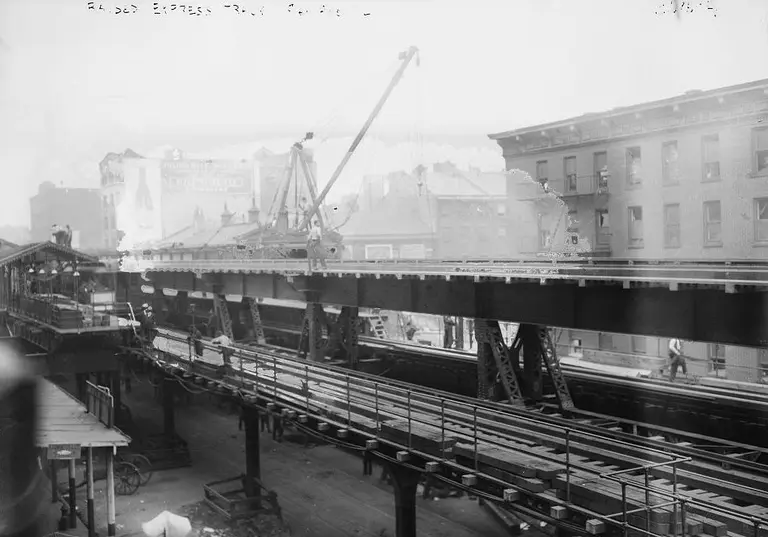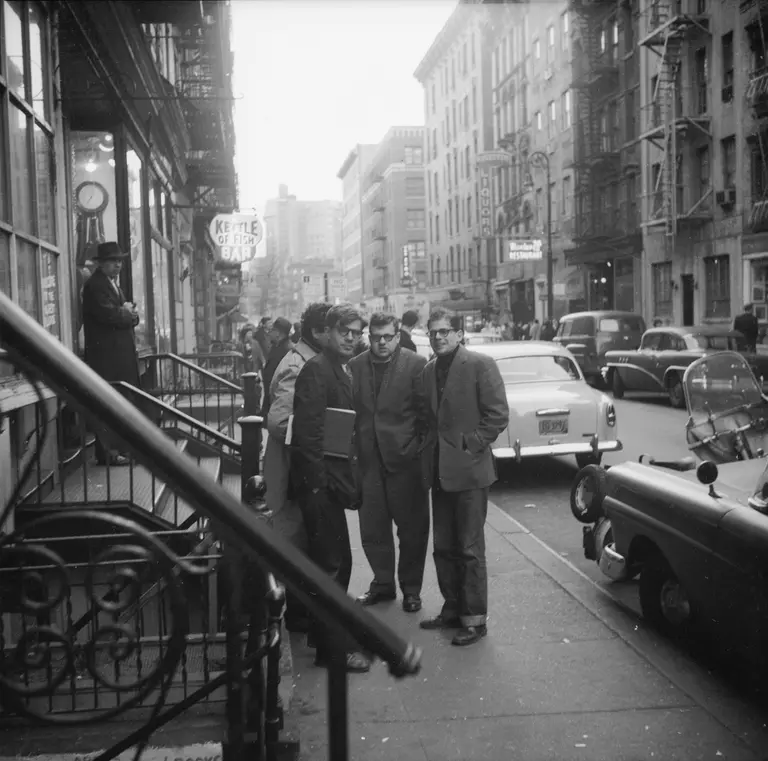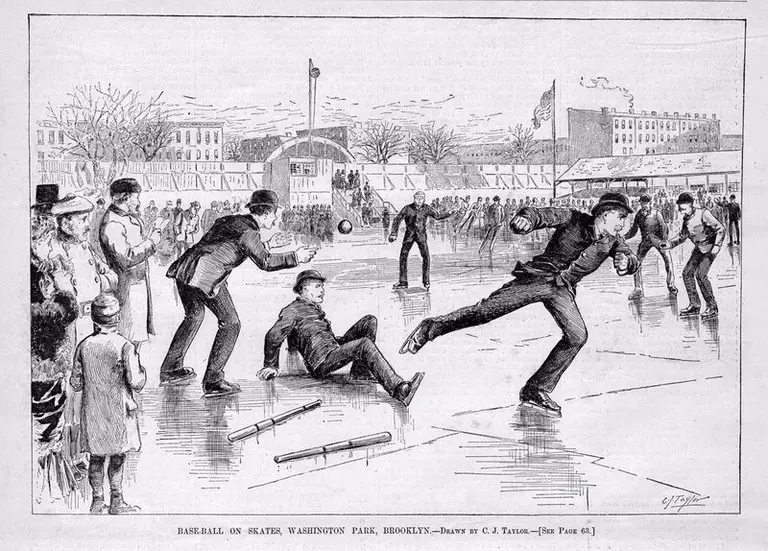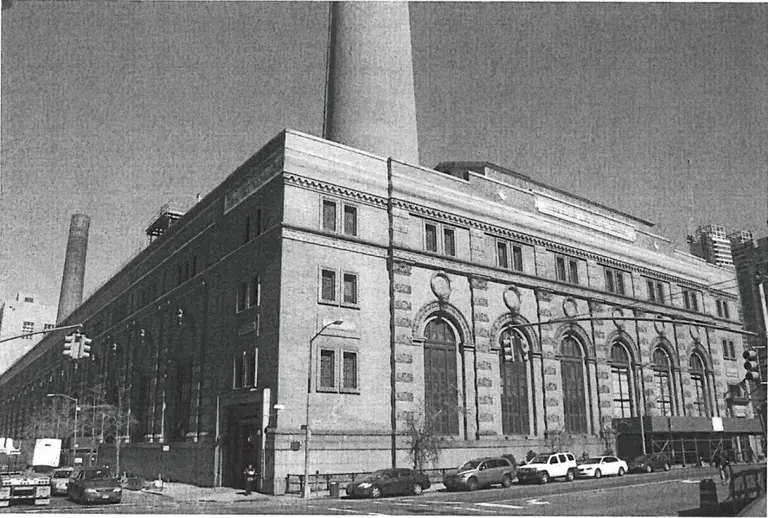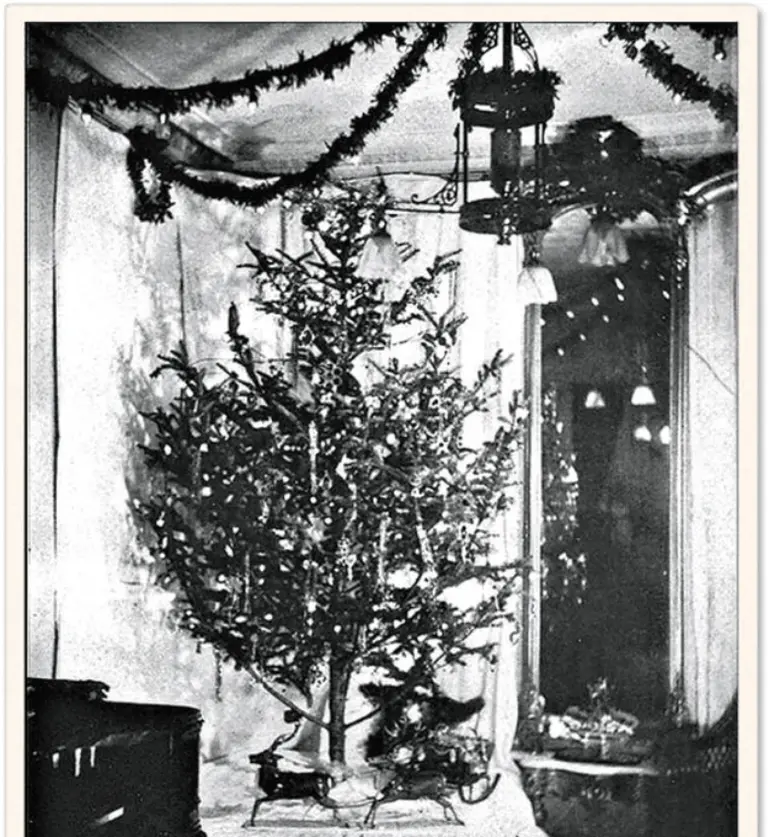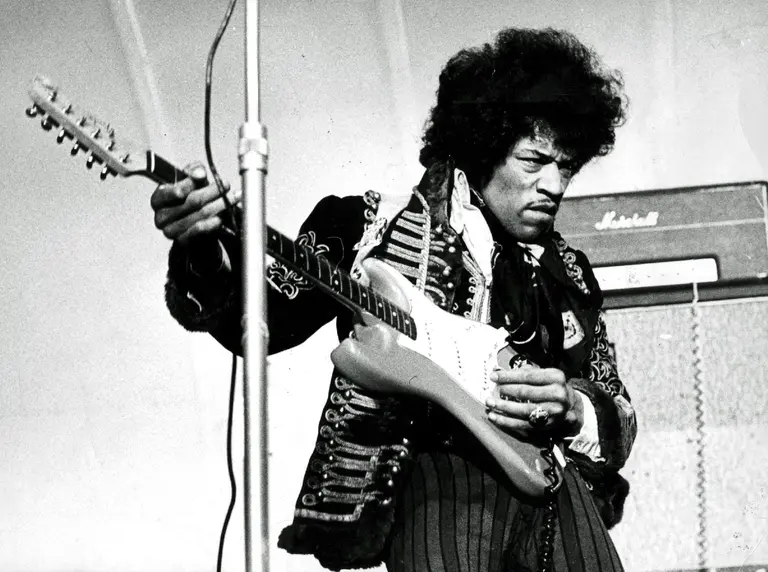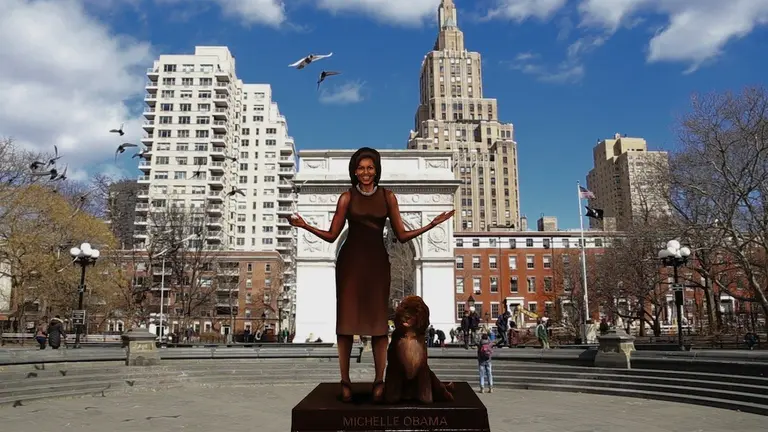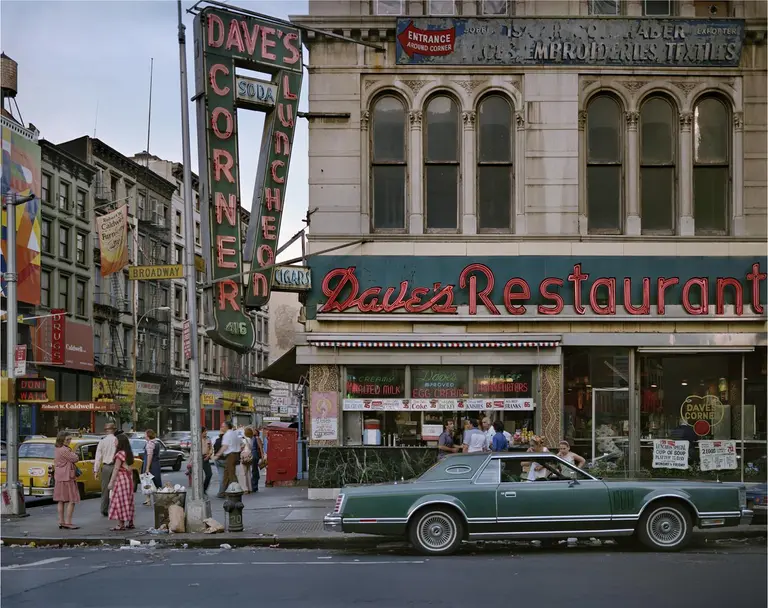January 8, 2018
"The wealthy rub elbows with the poor — and are better for this contact," said architect George Rapp of his Loew’s Jersey and Kings Theatres--two of the five Loew's Wonder Theatres built in 1929-30 around the NYC area. The over-the-top, opulent movie palaces were built by the Loew's Corporation not only to establish their stature in the film world but to be an escape for people from all walks of life. This held true during the Great Depression and World War II, but by the time the mid-60s hit and middle-class families began relocating to the suburbs where megaplexes were all the rage, the Wonder Theatres fell out of fashion.
Amazingly, though, all five still stand today, each with their own unique preservation tale and evolution. The Loew's Jersey, located in the bustling Jersey City hub of Journal Square, has perhaps the most grassroots story. After closing in 1987, the building was slated for demolition, but a group of local residents banded together to save the historic theater. They collected 10,000 petition signatures and attended countless City Council meetings, and finally, in 1993, the city agreed to buy the theater for $325,000 and allow the newly formed Friends of the Loew’s to operate there as a nonprofit arts and entertainment center and embark on a restoration effort. Twenty-five years later, the theater is almost entirely returned to its original state and offers a robust roster of films, concerts, children's programs, and more.
6sqft recently had the chance to take a behind-the-scenes tour of the Loew’s Jersey Theatre with executive director Colin Egan to learn about its amazing evolution and photograph its gilded beauty.
Take a tour of this one-of-a-kind historic gem
